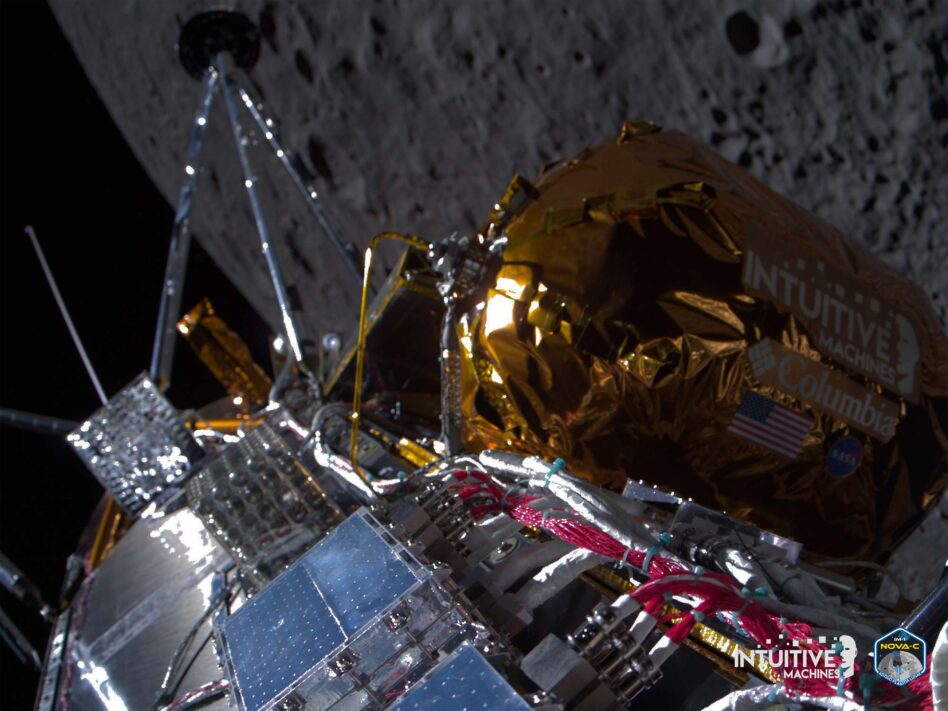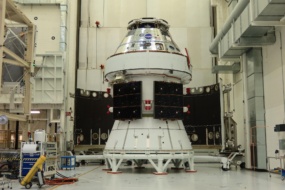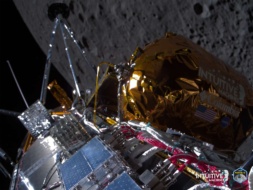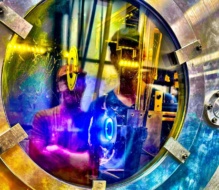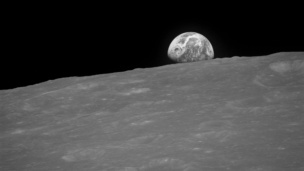Intuitive Machines ($LUNR) became the first private organization to land on the Moon, and the first American organization to touch down softly in the 21st century, after arriving in the area of the Malapert A crater near the south pole of the Moon.
“We can confirm, without a doubt, that our equipment is on the surface of the Moon, and we are transmitting,” IM flight director and CTO Tim Crain said on the company’s livestream.
How it happened: When IM’s flight controllers gave the final word, the autonomous Nova-C lander fired its engines to begin its descent using a series of cameras and laser sensors to determine a safe site to touch down before switching to an inertial sensor that wouldn’t get fooled by dust for the last meters of descent.
After an expected loss of communications for several tense minutes, Crain reported “signs of life, we have a return signal we’re tracking…we’re not dead yet.” Engineers are working to establish better communications with the lander and determine its exact status.
“Welcome to the Moon,” CEO Steve Altemus said.
Bold moves: “We had to improvise a little bit,” IM comms director Josh Marshall said during the launch livestream. A failure of the laser sensors on the lander’s navigation system led to a last minute software update by the IM team so that the lander could use an experimental NASA LiDAR sensor instead.
Why is it so difficult? “You can’t take an infinite amount of fuel to the moon so you can very carefully, very slowly approach the surface to make sure you land soft,” Chris Culbert, NASA’s CLPS program manager, told Payload in January. “There’s only so much fuel you can take because it costs you a whole lot of money to get that whole lander and its fuel just to the lunar vicinity. You’re working on the knife’s edge of balancing things properly.”
The stakes are even higher for companies trying to get to the Moon more efficiently than government programs. Previous private efforts to land on the Moon by Israel’s Beresheet and Japan’s ispace suffered software errors that led to hard impacts:
- Berehseet’s engine shut down prematurely and couldn’t restart in time
- ispace’s lander ran out of propellant after misreading its altitude
“Just a little bit of miscalculation meant they couldn’t land softly,” Culbert said. “It’s not that they didn’t get the moon—it’s that the last step is a doozy.”
